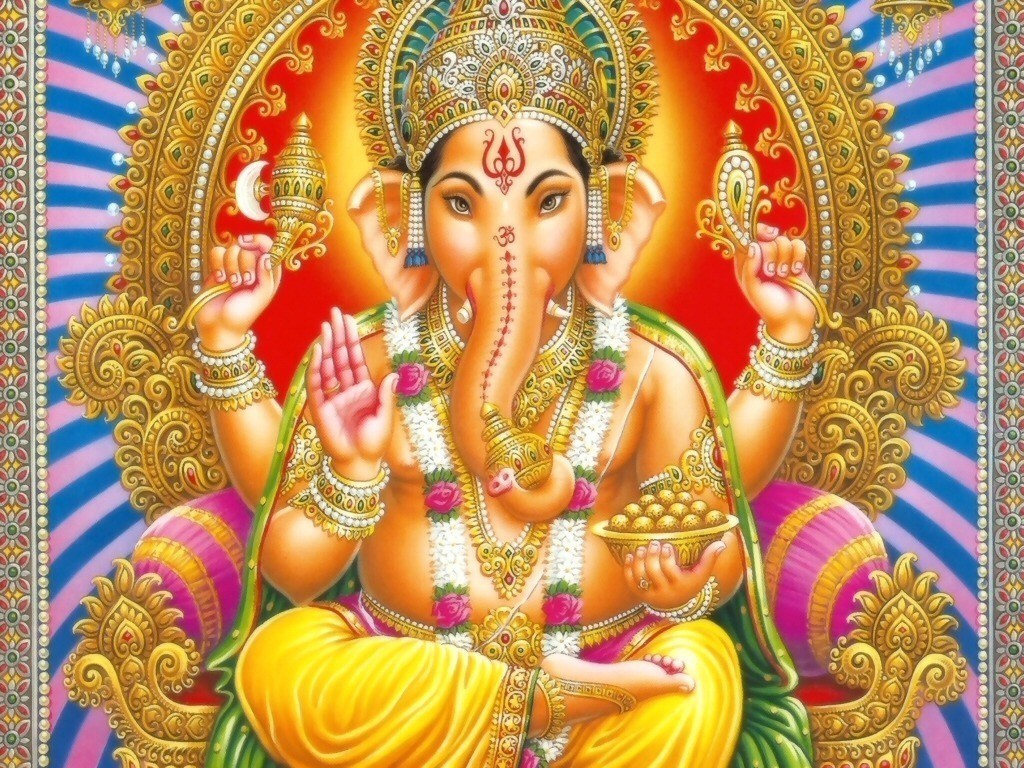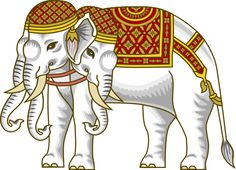
Ganesh Chaturthi or Vinayak Chaturthi is the festival celebrated in honor of Lord Ganesha. A Hindu festival that marks the birth anniversary of Lord Ganesha and therefore this day is celebrated as Ganesh Chaturthi.
WHEN IS GANESH CHATURTHI FESTIVAL CELEBRATED?
Ganesh Chaturthi is observed during the Hindu month of Bharda and falls on the 4th day of Bharda Shukla-paksh sometimes in (August/ September). It is one of the grand festival of India and it last for 10 days especially in Maharashtra, the western state of India. On this special day people bring beautiful Ganesh idols in their homes and worship Ganeshji for 10 days. Sweets like modak and ladoos are prepared and offered to Lord Ganesha. Hundreds of devotees visit temples to seek blessings and thank Lord for his kindness.
WHY IS GANESH CHATURTHI CELEBRATED?
Birth Legend associated with Ganesh Chaturthi – Although there are several accounts of Lord Ganesha’s birth, but the most relevant one and told by our elders is mentioned here. It all began when Mata Parvati, wanted to go for a bath and she wanted someone to watch the door for her. Since there was no one around that she could trust, she created a figure from the scruff of her body (i.e. sweat and oils from her body) and that figure could act as  her door-guardian. She created a figure of a beautiful young man and was amazed at her creation. She breathed life into that figure and called him her son. She asked her son to watch the door while she bathed and not to let any one in.
her door-guardian. She created a figure of a beautiful young man and was amazed at her creation. She breathed life into that figure and called him her son. She asked her son to watch the door while she bathed and not to let any one in.
Meanwhile Lord Shiva returned to Kailash Parvat from his “samadhi”. Ma Parvati’s son failed to recognize him and prevented Lord Shiva from entering the cave. After many requests, that boy didn’t let lord Shiva in the cave because ma Parvati was bathing. Irritated by child’s insolence Lord Shiva got furious, and a duel began. The young guard fought well but he was no match against the mighty Lord Shiva. Shiva raised his trident and cut off his head.
Listening to a scream, Ma Paravti came out and when she saw her son’s headless body, she was grief-stricken. She demanded that her son should be brought back to life. In order to calm Parvati, Shiva sent his hordes in all directions to get the head of the first living being, who was sleeping with his head facing north (north direction is associated with wisdom).
 Shiva’s hordes didn’t have to search for that long as they soon found Airavat, Indra’s white elephant sleeping with his head facing towards the north. Shiva’s hordes beheaded him and brought his head to Lord Shiva. Soon the boy was brought back to life but Ma Parvati was still not convinced.
Shiva’s hordes didn’t have to search for that long as they soon found Airavat, Indra’s white elephant sleeping with his head facing towards the north. Shiva’s hordes beheaded him and brought his head to Lord Shiva. Soon the boy was brought back to life but Ma Parvati was still not convinced.
Lord Shiva then named him Ganesha and gave him the status of being foremost among the gods. Lord Shiva blessed Ganesha and said, “His head signifies wisdom and lots of knowledge; his body is globular and symbolizes the ability to digest everything good or bad. With his elephant head and human body, Ganesha embodies the qualities of two of nature’s most intelligent creatures and therefore I appoint Ganesha as the leader of my Ganas (classes of beings), and call him “Ganapati”.
Hence that day forth, Ganeshji is worshiped first and foremost on all auspicious occasions. Whether be a marriage or a religious function, any new project or venture that a Hindu family undertakes starts with his name, as he is considered as Vighan-harta (remover of all obstacles). Ganeshji is an extremely benevolent god and fulfills the wishes of all those who pray to him sincerely.
FOLLOW STEP BY STEP GUIDE TO MAKE GANESH JI IDOL AT HOME FOR GANESH CHATURTHI.
HOW IS GANESH CHATURTHI CELEBRATED?
Ganesh Chaturthi or Ganeshotsva is celebrated in Lord Ganesha’s honor all over India. In Mumbai, this festival is so popular that the preparations begin months in advance and they last for 10 days (from Chaturthi to Ananta Chaturdashi). On the very first day, people place little idols of Lord Ganesha in their home and do puja for 10 days.
On the last day, (11th day) huge images of Ganeshji are carried in grand procession for ‘Ganesh Visarjan’ (idols are immersed in sea waters) accompanied by drum- beats, devotional songs, chanting of ‘GANPATI BAPPA MORYA’ and dancing. People visit temples and offer prayers to Lord Ganesha. Some people observe fast on this day and sweets are offered to Lord Ganesha. Modak, boondi ladoos and besan ladoos are distributed as prasad.
In Kerala, it is known as Vinayak Chaturthi or Lamboodhara Piranalu.
In Goa, it is known as Parab or Parva.
In Tamil Nadu, it is known as vinayakachaturthi or pillayar chaturthi. (source – wikipedia)
Call it Ganeshotsva or Parva, the spirit of the festival remains the same and is celebrated with great enthusiasm and devotion.
Ganesh Chaturthi was first started by Shivaji (the great Maratha ruler), to promote traditions and culture. This festival was later revived by freedom fighter Lokmanya Bal Gangadhar Tilak in 1893. He started the custom of ‘Sarvajanik Ganeshotsav’ (public festival) in Maharashtra, during India’s fight for freedom. Main aim behind this was people participation and involvement, in the form of cultural events.
Through this festival he brought the feeling of unity and togetherness among Indians during British rule. Social gatherings were not allowed during British rule and this festival bought all the people close, irrespective of their caste and religion and it helped in waking up their patriotic spirit. Since then this festival celebration has continued and is celebrated every year with great zeal and excitement.
RECIPES OF GANESH CHATURTHI
URAD DAL MODAK – Traditional Ganesh Chaturthi sweet made with Urad dal.
BESAN LADOO – A quick and easy Indian sweet made from chickpea flour. Perfect for any Indian festival.
PANEER BURFI – A simple, delicious, rich and yummy sweet that will just melt away in your mouth.
COCONUT LADOO – With just 3 ingredients and in 15 minutes delicious Coconut Ladoos are ready!


Leave a comment